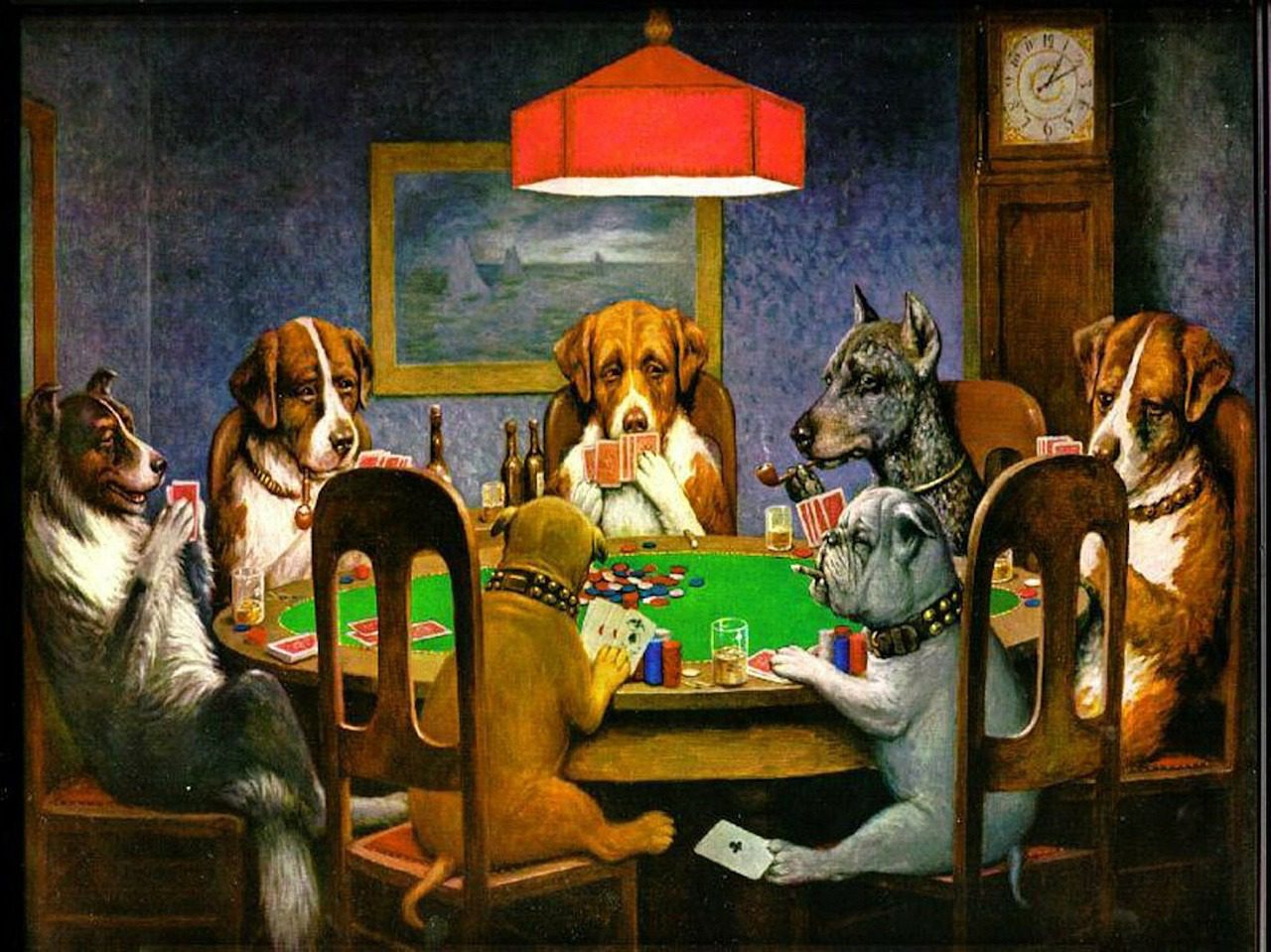

There are some things in life that seem so obvious that you almost don't even need to say it. For example, poker tables are green. But why is this true? Let's take a look at some poker table FAQs and find out!
Whether you're playing in Vegas at the WSOP, at your local card room, with friends at home or online (bet365 bonus code), these questions and answers are sure to impress your opponents. So brush up on this trivia and learn all you need to know about poker tables!
The first card tables were semi-circular tables made out of wood.
This was way back in the 1700s, before even Texas hold'em was invented!
In fancy pants European circles, they would often be highly decorative and ornate, with carvings and inlaid polished stone and marble.
However, for average joe soaps, they'd likely be simple and plain.
In part, yes. People got used to playing on green felt, so they continued. But there are a few other explanations…
Yes, they are. You might not think it at first, but green is a very practical choice for a poker table. First of all, the white, black and red cards stand out really well on a green background.
Secondly, it's a color that's easy on the eyes. It's simply easy to look at green for long periods of time during a particularly long tournament.
Another resounding yes! Experts say that green acts as a calming color, so is the perfect backdrop for gambling. It is also, of course, linked with positivity and money. That is just one reason why casinos and card rooms are keen to fill their spaces with green.
Typically, poker tables are between 234cm and 264cm long and 112cm wide, with a height of around 76cm.
In most card rooms, the maximum number of players per table is 9 or 10.
Really, it can be made of anything. But traditionally, it's a hardwood like cherry or oak. Then on the surface of the table, there's a layer of foam topped with green wool billiard cloth.
This story starts in the days when poker was made illegal.
Even though it was against the law to play the game, it was still popular. So instead, enterprising pool halls stepped in.
Pool was still legal and, conveniently, it's played on tables.
So people used to play poker on pool tables. Then, if the law came knocking, they'd quickly take the cards and chips away and pretend they were playing an innocent game of pool.
And that, friends, is the origin of the green poker table. It's also one of the most crucial poker table FAQs.
Eagle eyed readers might've been stumped earlier on in the article when we were talking about poker being played on green pool tables. Why on earth are those green in the first place?
Sure, this isn't exactly a poker table FAQ, but this is informative none the less in the green poker table journey.
So, pool (and all billiard games) are based on lawn games like croquet and bowls. They're typically played on grass. When these games were adapted for indoor play, it was decided that it'd be nice to play them on something grass like.
Hence, they created baize. This is a green and slightly fuzzy material that helps to slow down the ball and, of course, mimic the look of grass too.
#AD Bonus Referrer Code is an affiliate of the brands we promote throughout this site. While we strive to maintain accuracy throughout our content, we do receive compensation for this promotion.
© 2025 BonusReferrerCode.com – All Rights Reserved
Worried about your gambling? When the fun stops – STOP!